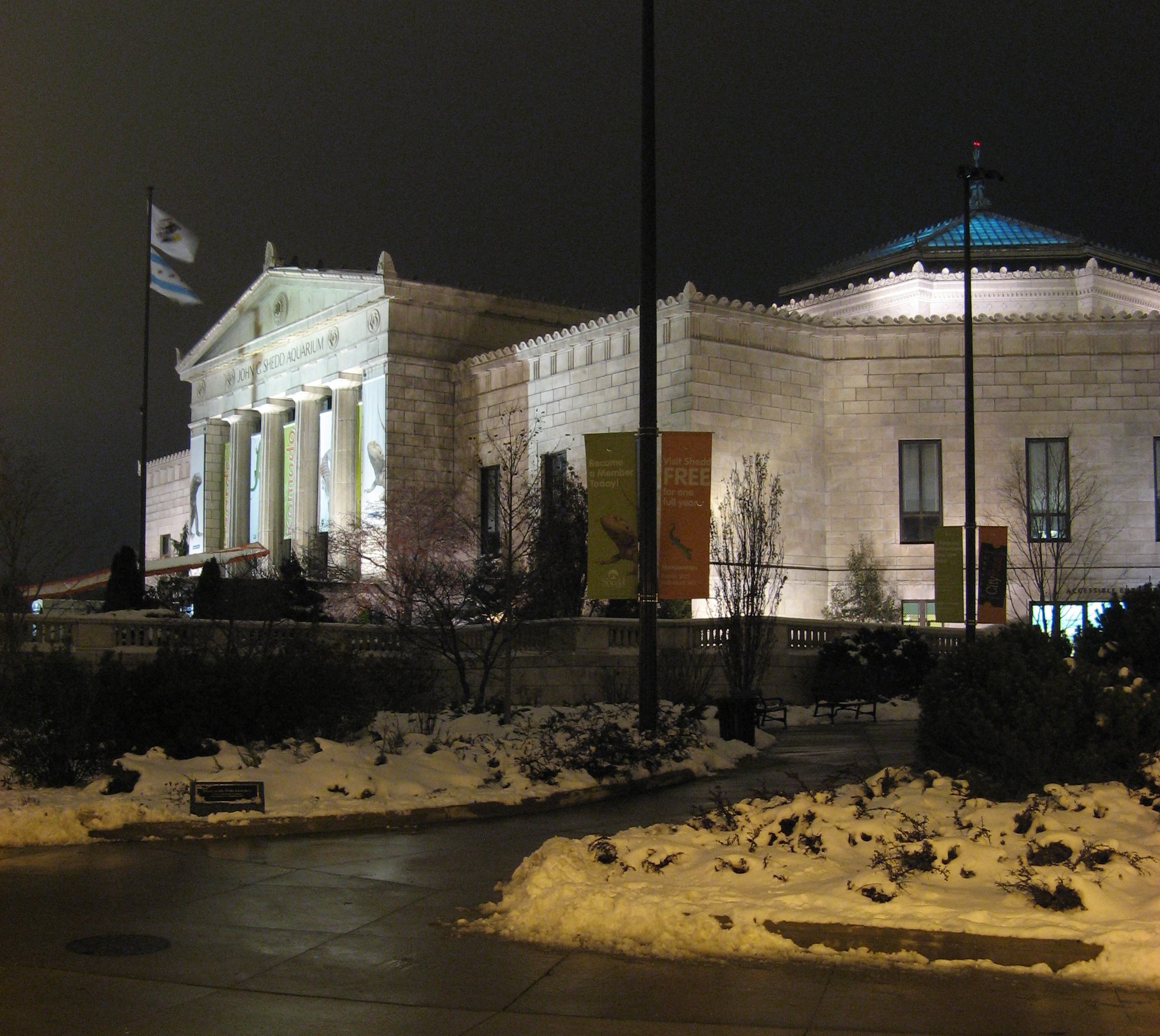I’ve just read a good book about genetics. The Making of the Fittest: DNA and the Ultimate Forensic Record of Evolution by Sean B. Carroll. There is much food for thought in this book. One reviewer called it “A Primer of Evolutionary Theory for Beginners”, and this is accurate. One doesn’t need to know chemistry or physics to follow his reasoning, because he teaches the most necessary pieces.
Basically, this book examines what has turned up in studying the genomes of various species over the last couple of decades, as well as tracing genes from generation to generation in the same family line. It starts with a simple introduction to what DNA is, how it works, and how we know this. Then it gradually leads one to understand how genes transform from one generation to the next, and how this leads to speciation.
Basically, ever-present radiation, random chemistry, and aggressive biology cause frequent single-letter changes in DNA. Also RNA copy-and-paste errors regularly drop or duplicate entire gene sequences. After this see Darwin for how some mutations are explicitly preserved, some are inevitably removed, and most simply languish in or become fossil genes because there is no preference one way or the other. Carroll covers all this in many examples.
Carroll presents the simple probability and large numbers theory to illustrate the surprising speed at which populations can change, and then shows functioning (or no longer functioning) genes that have in fact visibly changed populations so rapidly.
This book gives plenty …


